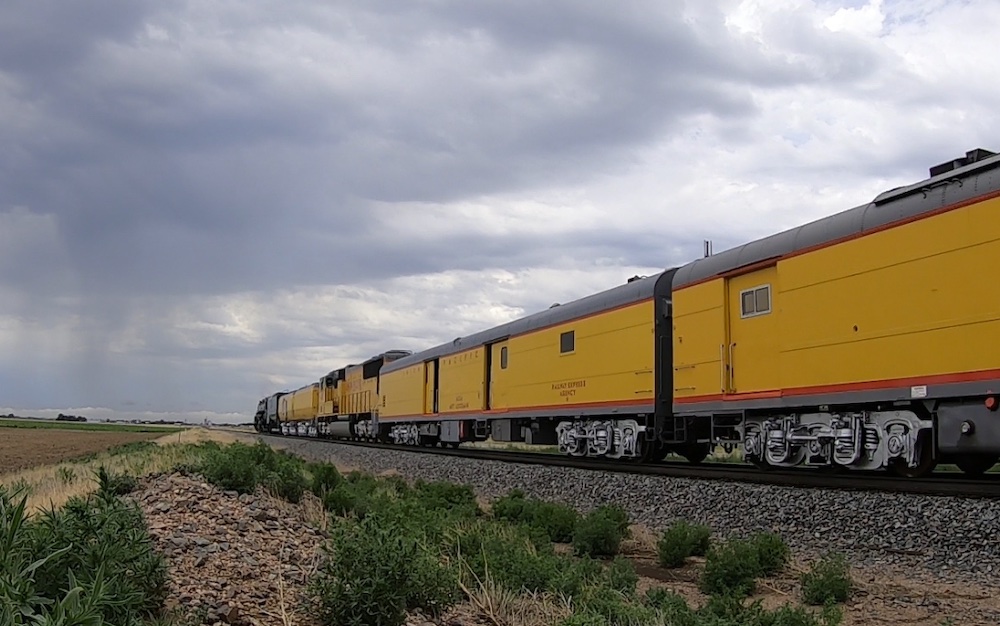
From short lines to the Class I railroads, chances are you’ll come across a mainline steam excursion with one or more non-passenger railcars near the front of the train (sometimes coupled directly behind the locomotive). They’re carrying, as the name implies, tools and more to support the steam locomotive when out on the road and […]
Read More…
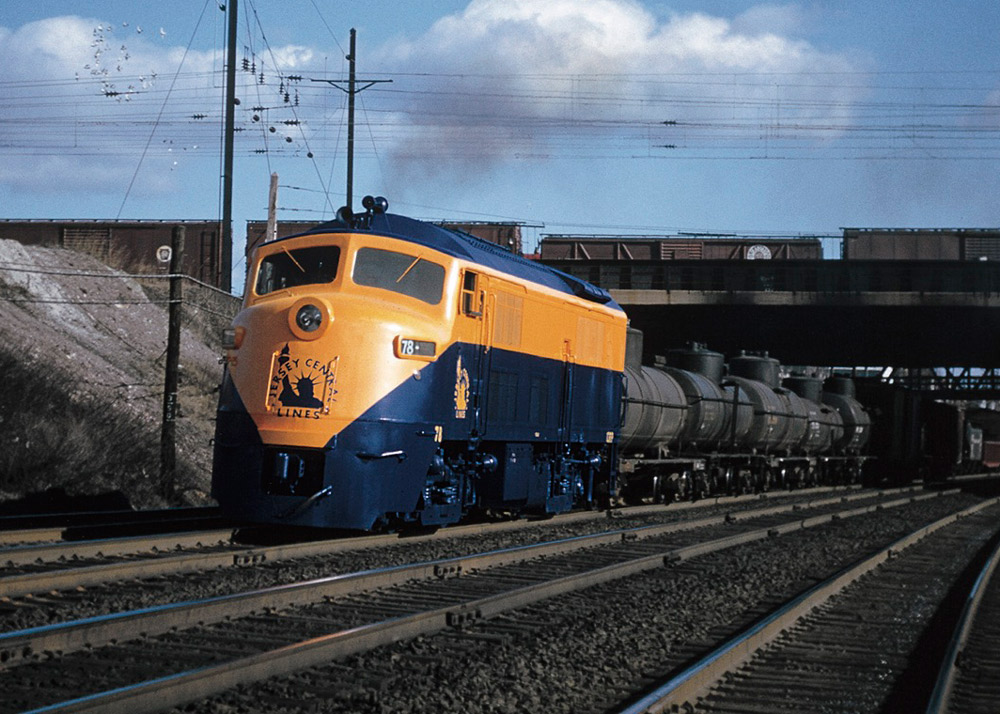
Five forgotten locomotives no one wanted: Producing a locomotive is a massive endeavor. From design to testing to production, each model is the summation of thousands of hours of labor from dedicated engineers, builders, and everyone in between. However, in spite of the scale of this undertaking, sometimes it just doesn’t work out. Maybe the […]
Read More…
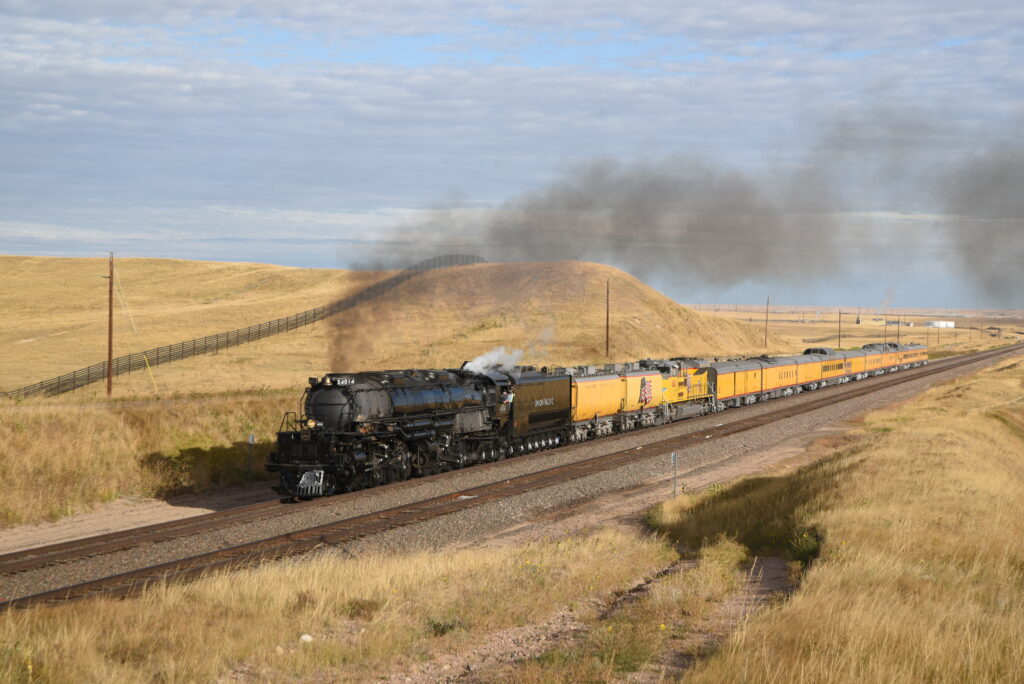
“Diesel Helpers” are two buzzwords associated with today’s mainline steam excursions – from short lines to Class I railroads, and even selected tourist railroads off the national network. The use of one, or lack thereof, differs between railroads, organizations, and their operating preferences. Some are comfortable letting the steam locomotive travel solo. Others would prefer […]
Read More…
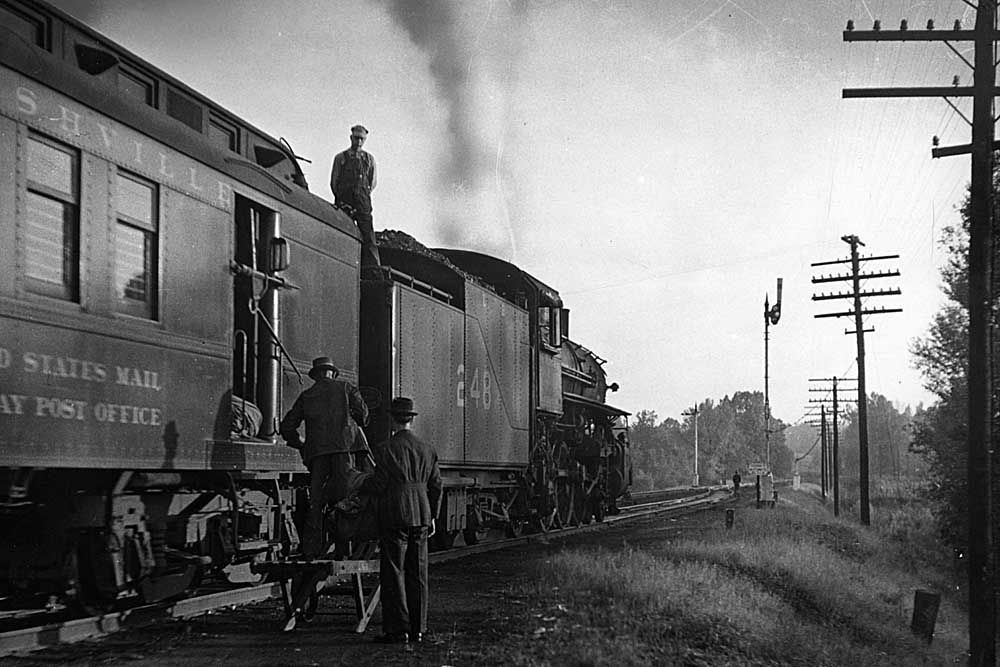
Railroad tell-tales At one time, railroad tell-tales were placed along the track on either side of low structures such as bridges and tunnels to warn crew members on top of the cars that they could not remain in a standing position while passing under the structure. Before the adoption of the air brake, and for […]
Read More…
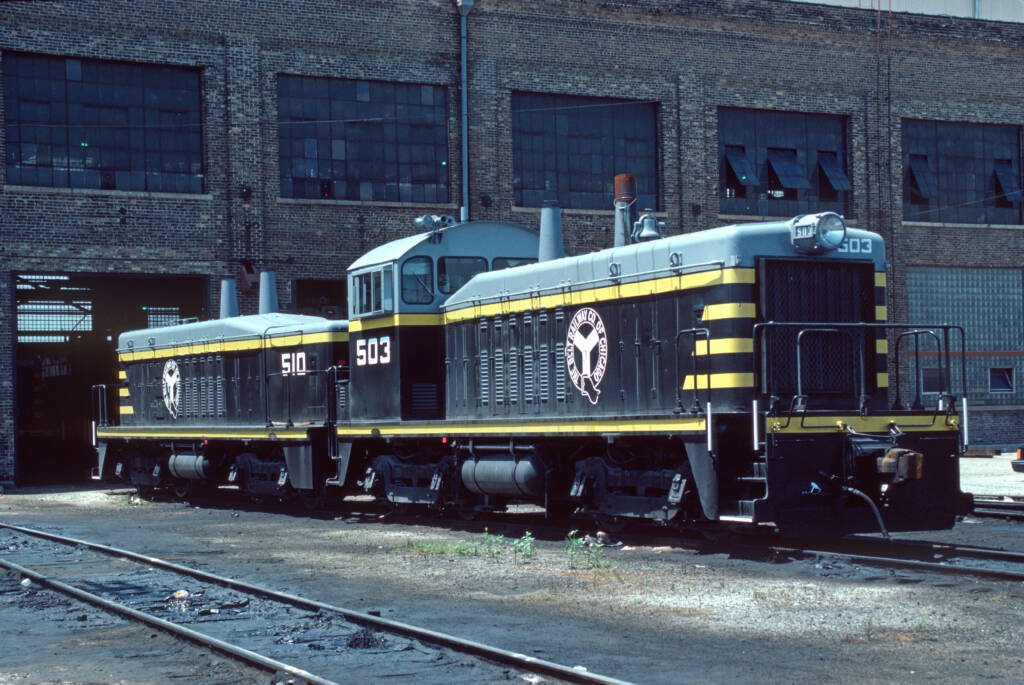
Transfer locomotives Transfer runs are trains that move cars from one freight yard usually to a nearby yard of another railroad (but not always). Early in dieselization, three of the major builders marketed locomotives built specifically for such service, called transfer locomotives, which demanded a lot of pulling power but not much speed. Transfer units […]
Read More…
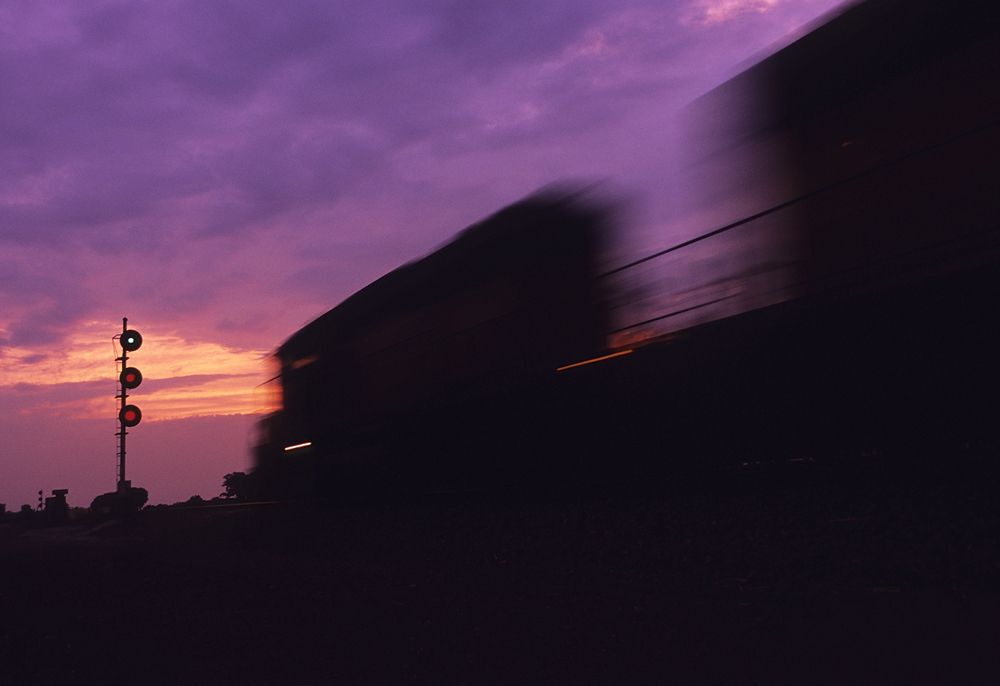
Train signals All dark, two silent sentinels guard their respective tracks on the double-track main line. Just beyond them is a crossover enabling trains to switch from one track to another. Beyond the crossover, a similar set of signals faces the opposite way. Suddenly, the dark signals light up, each displaying three columns of red […]
Read More…
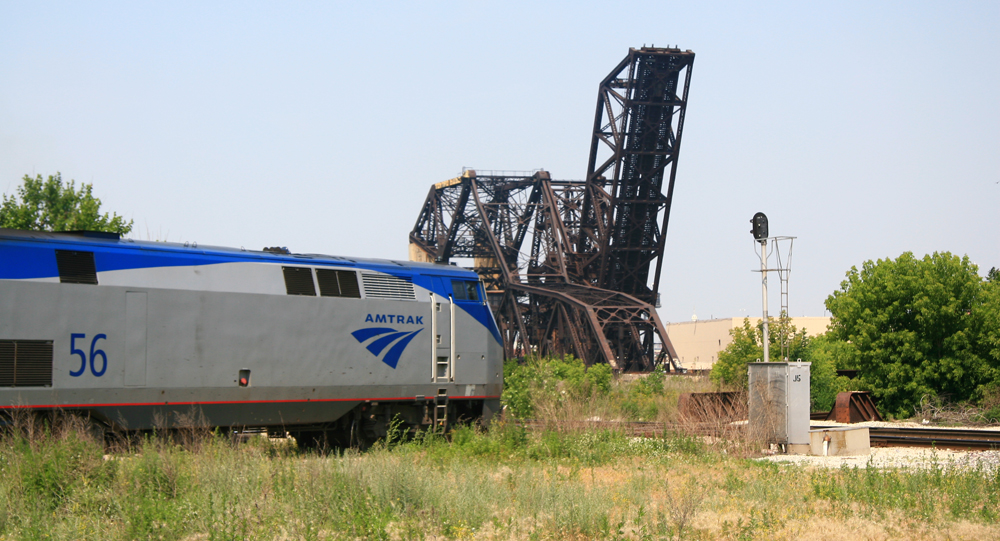
Trains take a detour The whir of an electric switch motor fills the air as a dwarf signal flashes from red to green. Beneath a blinding headlight, four locomotives advance stiffly along a tight connecting track as the rails squeal in protest. A dark figure emerges from a pickup truck waiting in the gathering darkness, […]
Read More…
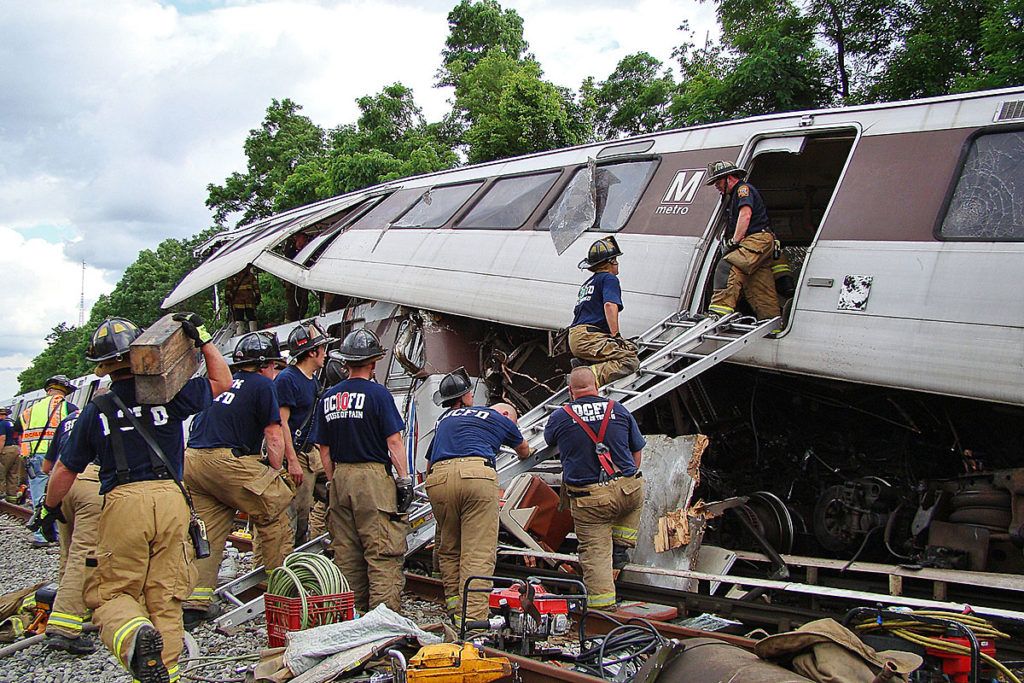
This story originally appeared in the May 2012 issue of Trains Magazine. Train wreck Two very similar passenger trains approach a standing locomotive at slow speed in an over-under video produced by the John A. Volpe National Transportation Systems Center in Cambridge, Mass. On impact, one train crumples with the lead car, but stays in […]
Read More…
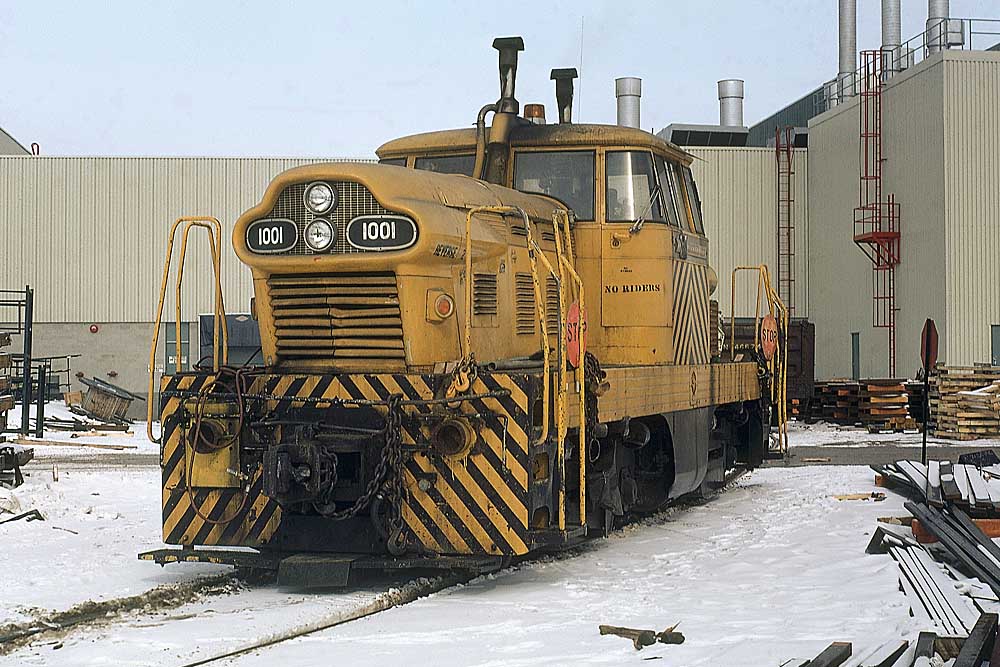
EMD may be the most famous locomotive manufacturer in the history of railroading. Despite that success, there are models in the the EMD history books which arrived to little fanfare and few orders. The following are six notable examples of EMD locomotives that, for one reason or another, no one wanted. EMD Model 40 The […]
Read More…
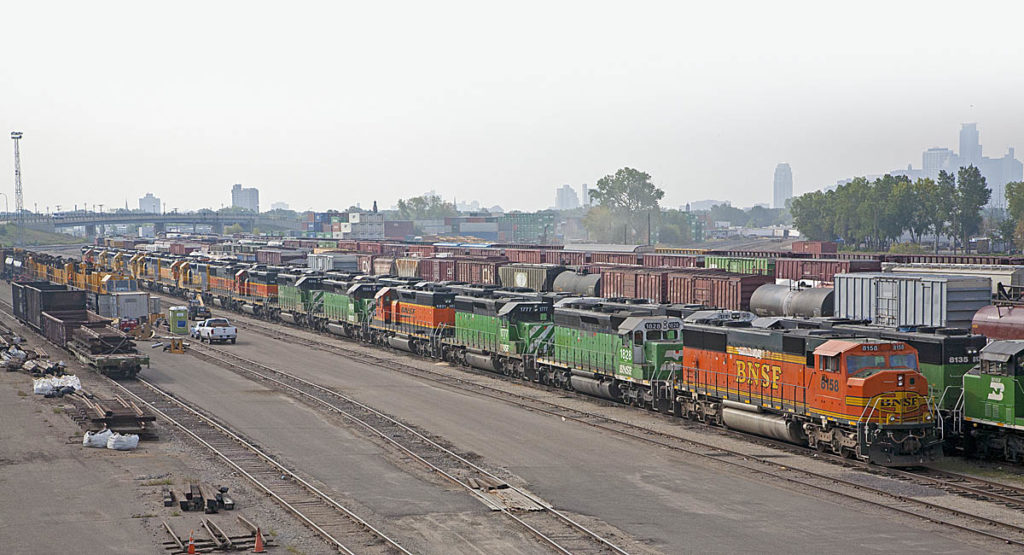
Storing locomotives Changing traffic levels affect the amount of equipment in operation, from freight cars to locomotives. When events occur such as a softening of the economy, losing a major contract to haul goods, or the end of a cyclical demand such as a grain harvest, a railroad will occasionally have to store equipment when […]
Read More…
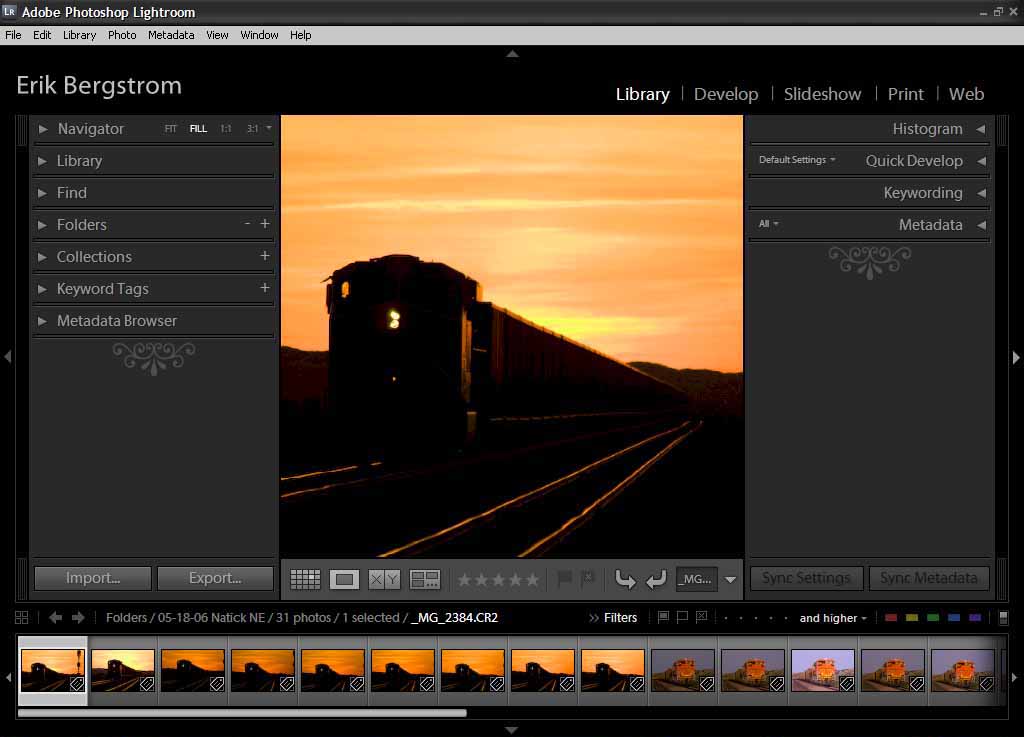
Adobe Photoshop Lightroom The view from the Library module of Abobe’s powerful digital image organization and editing software, Photoshop Lightroom. Recognizing the popularity of digital photography and the need to keep collections organized, Adobe released Photoshop Lightroom in early 2007. This software offers a user-friendly interface that lets you store, locate, sort, and edit your […]
Read More…
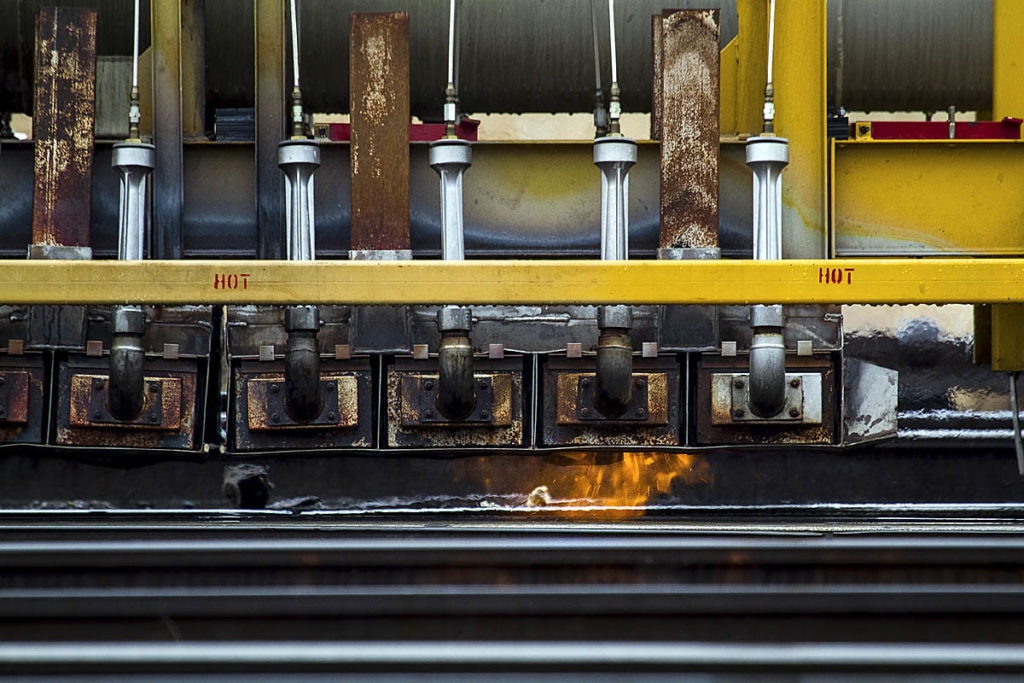
Track inspection No. 1: Know thy thermal forces! For John Zuspan, principal at Track Guy Consultants, the most important takeaway for any student in his introductory track inspection course is that rail forces increase with temperature changes. So, knowing that the rail can move (compress or tense), even in moderate temperatures, means knowing that track […]
Read More…












